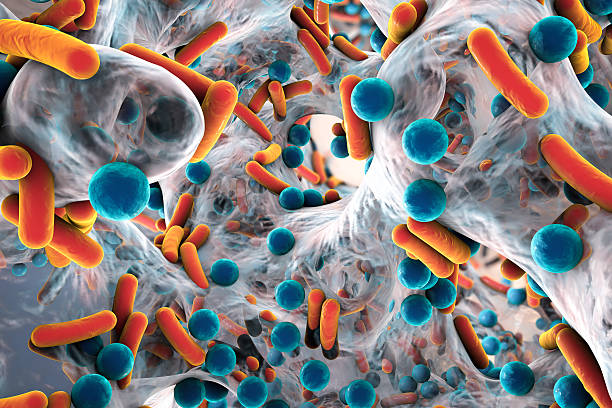Yellow Fever
Key facts Yellow fever is an acute viral haemorrhagic disease transmitted by infected mosquitoes. The “yellow” in the name refers to jaundice that affects some patients. Symptoms of yellow fever include fever, headache, jaundice, muscle pain, nausea, vomiting and fatigue. Read Also: The Top 10 Causes of Death A small proportion of patients who contract […]










